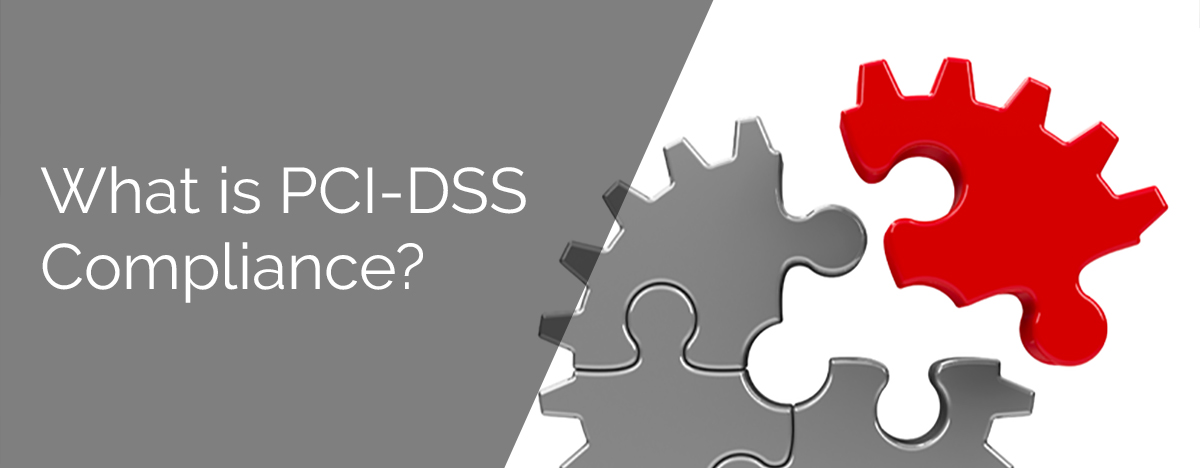[av_image src=’http://home.ncourt.com/wp-content/uploads/2017/04/pci-compliancev2.jpg’ attachment=’3615′ attachment_size=’full’ align=’center’ styling=” hover=” link=” target=” caption=” font_size=” appearance=” overlay_opacity=’0.4′ overlay_color=’#000000′ overlay_text_color=’#ffffff’ animation=’no-animation’ custom_class=”][/av_image]
[av_image src=’http://home.ncourt.com/wp-content/uploads/2017/04/pci-dss-compliance-2.jpg’ attachment=’3004′ attachment_size=’full’ align=’center’ styling=” hover=” link=” target=” caption=” font_size=” appearance=” overlay_opacity=’0.4′ overlay_color=’#000000′ overlay_text_color=’#ffffff’ animation=’no-animation’ custom_class=”][/av_image]
[av_textblock size=” font_color=” color=” custom_class=”]
In our last post, we wrote about EMV-enabled card readers and why they are an important step for keeping your financial information secure. However, EMV card readers aren’t the only thing necessary for keeping your information safe. Read on to learn about PCI-DSS compliance and why it is an integral part of secure payment processing.
PCI-DSS Compliance Explained
The Payment Card Industry Data Security Standard (PCI-DSS) is a set of requirements designed to ensure that companies that process, store or transmit credit card information maintain a secure environment. The standard is decided by the Security Standards Council, which is a global council founded by American Express, Discover Financial Services, JCB International, MasterCard and Visa Inc.
The standard applies to all merchants accepting credit cards and is designed to protect consumers’ personal and financial information. Of course, the requirements also protect the credit card companies, since they are the ones that often eat the costs of fraudulent charges. However, the end effect is stronger protection for consumers, merchants, and banks.
There are four different levels of PCI-DSS compliance. The greater the number of credit and debit card transactions an organization conducts, the higher level of compliance they have to achieve. Organizations that conduct over six million credit or debit card transactions in a year have to be Level 1 PCI compliant, while companies that conduct fewer than 20,000 only need Level 4 PCI compliance. The Security Standards Council sets a higher standard for organizations that conduct large numbers of transactions. To be Level 1 PCI compliant, an organization has to have a yearly onsite review by an international auditor and a network scan by an approved vendor. PCI has a list of approved vendors on their website.
If someone fails to meet the requirements for their level of compliance, the council reserves the right to hold you to a higher standard. So, even if your organization conducts less than 20,000 transactions, it may still have to abide by the PCI Level 1 requirements.
Click here to see the full list of PCI-DSS compliance requirements.
EMV Card Readers and PCI-DSS Compliance for Maximum Security
As we wrote earlier, EMV card readers aren’t all you need to keep your financial information secure. This is because the EMV readers’ primary function is authentication, not data protection. Cards only help protect in-person (card present) transactions in which an EMV card reader is used.
But when EMV readers are coupled with PCI-DSS compliant post-sale safeguards, you can be pretty sure your information is safe. If your organization wants to process credit and debit card transactions at the point-of-sale, you should seriously consider working only with companies that provide PCI Level 1 compliant payment processing services.
[/av_textblock]
[av_social_share title=’Share this entry’ style=’minimal’ buttons=’custom’ share_facebook=’aviaTBshare_facebook’ share_twitter=’aviaTBshare_twitter’ share_gplus=’aviaTBshare_gplus’ share_linkedin=’aviaTBshare_linkedin’ share_mail=’aviaTBshare_mail’ custom_class=”]














